Our growing season is short, just over 100 days. It seems that with most plants we have just one shot. However, to use succession planting for a fall garden has been a goal of ours for many years. We started experimenting with it pushing the boundaries for planting a second crop, aka a fall garden in the northern climate. We have had lots of failures, where an early heavy frost abruptly ended the growing season. But we also have had some success. Here we share some of it and invite you to try it with us.
Things to consider when planting a fall garden
1. In a short growing season, summer tends to turn into winter rapidly, the so-called fall garden really starts in the summer. If you wait till fall, to plant a fall garden, it will not grow.
2. How long does the plant you want to grow need to mature? A seed package tells you the days to maturity. Note that many seed packages have the days to maturity from a transplanting time, meaning that you need to add 3-6 weeks to it, to get a mature seedling to transplant.
3. How hardy is the plant you are planting? It is good to go with plants that do not mind a bit of a frost for the fall crop. Plants react very differently to frost. For example, spinach, kale, lettuce, etc are cold tolerant. That means we can grow spinach much longer than tomatoes that do not tolerate any frost.
4. What can or needs to be grown over winter? Garlic is best planted in the fall. Also, for years, we have been growing successfully overwintering spinach.
When to plant what for a fall garden
The All New Square Foot Gardening book has planting schedules for continuous harvest and fall crops. It is a good plan to go by. Also, West Coast Seeds has a great fall-winter planting guide. However, if you live like us in a more extreme climate, making your own experiences is the best. Here are some of our experiences.
In order to be able to grow a second crop, the first has to be planted early. For example, kohlrabi or cauliflower needs about 14 weeks from seed to harvest. The cabbage family plants can tolerate some frost. The first crop was started according to the schedule in mid-March and is getting ready for harvest at the end of June, all depending on the weather conditions of course.
Having new seedlings ready to plant into the available spot makes planting a fall garden possible.Count 14 weeks back from the first frost day. Our first frost is September 7, so we can start a second crop at the beginning of June.
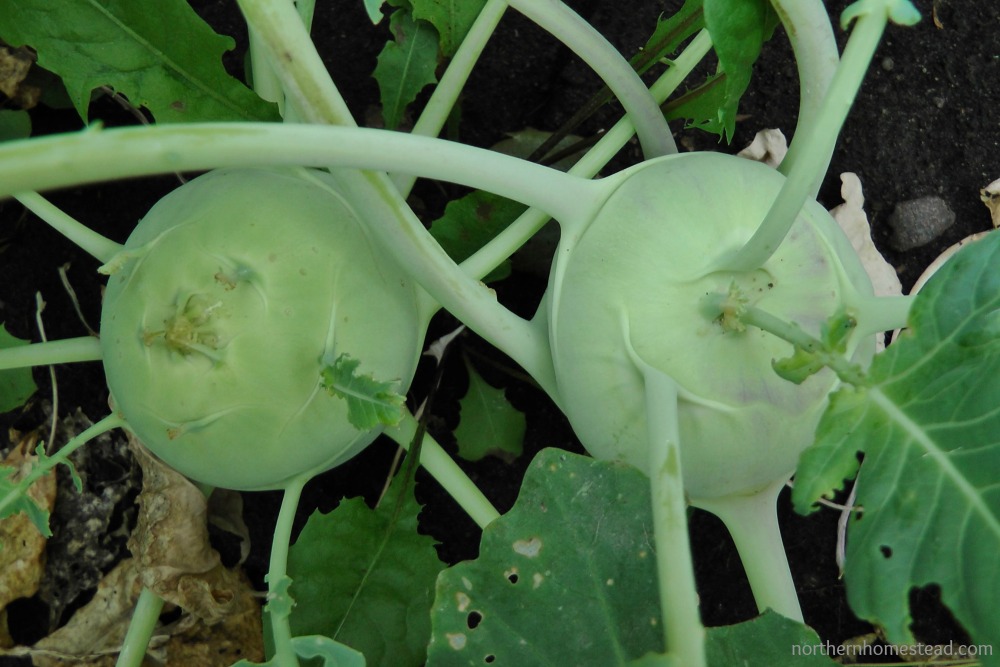
Since cabbage family plants are heavy feeders, make sure that your soil is enriched with enough compost to grow a second crop. Or grow a fall crop of peas in the cabbage family plant bed, and plant the kohlrabi or cauliflower somewhere else where space becomes available.
Peas can be planted a second time too. For that grow an early variety, 50-55 days. We have grown Tom Thumb twice, using the first peas (seeds) to plant again, and they grew. Tom Thumb only reaches 8 to 9 inches in height and is perfect for container or small space gardening, growing it twice gives you a bigger harvest.
Fast-growing plants like radishes and lettuce can be planted at any time as long as there is still some time left before the frost slows down the growth. Radish needs 4 weeks, lettuce 7-12 depending on the variety, and if you are just intending to use only the leaves or the mature plant. Read more about growing your salad greens year-round.
Spinach also needs 7 weeks, however, if the weather is hot and dry spinach will bolt without producing much. We plant spinach if possible in August usually after the garlic is harvested, making sure the plants are established and can continue to grow in spring. We also might get a fall crop out of the plants before winter, however, our aim is an early spring harvest. Read more about growing overwintering spinach here.
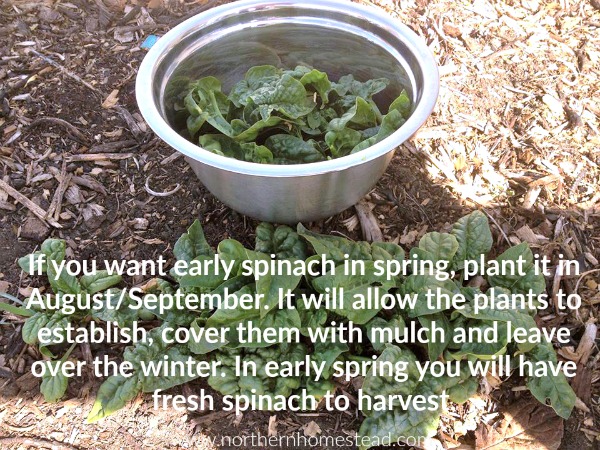
Next spring the spinach will be very early and usually done by June.
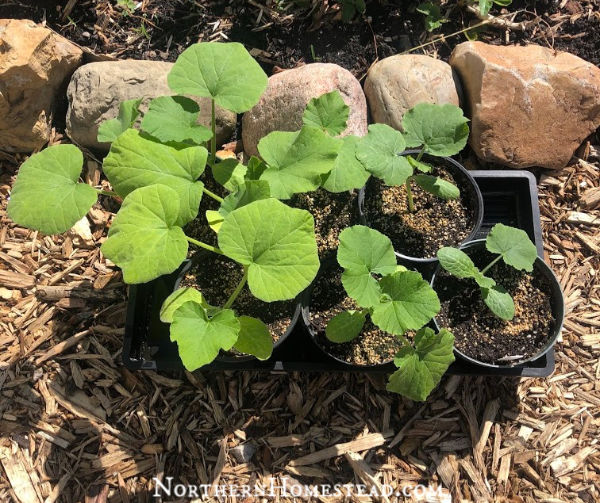
Now is a good time to have squash or cucumber plants ready to plant in the same bed. They can be planted with the spinach since squash needs some time before it uses all the ground space. Again, make sure the bed is mulched heavily to have enough nutrients for those heavy feeders.
Garlic is planted in late September. Read more about growing garlic here.
Summer is also the time to start thinking about the winter garden indoors. We grow food in the winter indoors and need to start planting in the summer. Most seeds need about a month to become a good seedling.
How to plant a fall garden
Preparing the garden for a second crop will not be the same as it was in spring. If you wait till all the crops are done and you can start anew, it might be too late for planting anything. Use the little spots that become available.
Since it is warm and most likely dry, make sure the ground is moist before planting seeds or seedlings. Bigger seeds are good to sprout first, so they germinate faster.
Just like in spring, for the second crop, have seedlings ready to plant, as I mentioned before.
Having seedlings ready to plant is also great if plants fail to grow. Kohlrabi is my go-to plant for that. Start a tray of seedlings in early June and you will be ready to fill in spots.
As always in a northern garden, it’s all about trying it out. You never know, it might just be a great year for another crop. Hope this encourages you to start planting a second crop for a fall garden in a northern climate and/or short growing season.
Inspiring examples
The Four Season Farm in Maine, owned and operated by writers Barbara Damrosch and Eliot Coleman. The farm produces vegetables year-round. Eliot Coleman developed amazing techniques for a fall, and even winter, harvest. In his book The Winter Harvest Handbook: Year Round Vegetable Production he describes his methods. A good read for anyone who wants more than just one crop per season.
We are far more north than the Four Season Farm is, our winter days are too cold for winter harvest. But we can grow more than just one crop, too. The Jungle Farm, just north of us, plants spinach out in the open fields at least three times a year. In April, June, and in the fall, protected with some straw for an early spring crop.
The Markerville Berry & Vegetable U-Pick Farm is another inspiring example. They sow some lettuce, spinach, romaine, radishes, and onions right till September to have a constant fresh supply. So you see, we can grow some crops at least twice a year.
What are you growing in your fall garden? Please share in the comments.
Inspiring books for winter gardening:
We invite you to subscribe to Northern Homestead and follow us on Instagram, Facebook, or Pinterest for the latest updates.

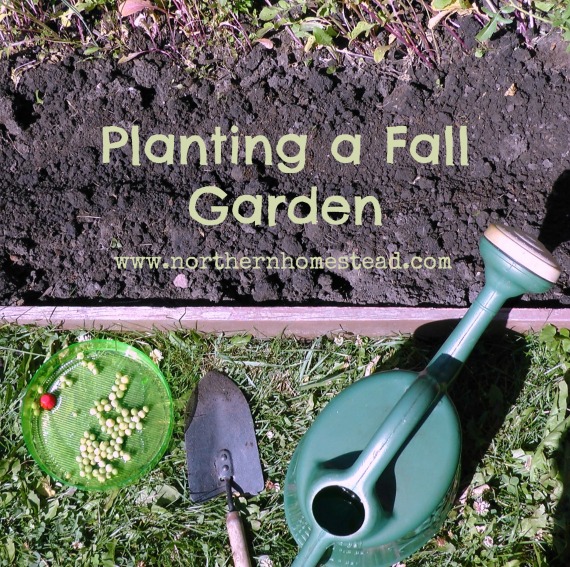
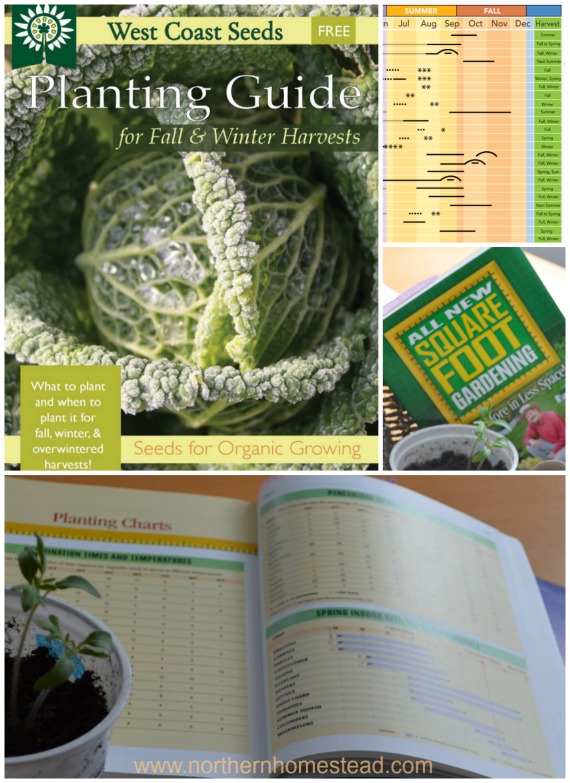
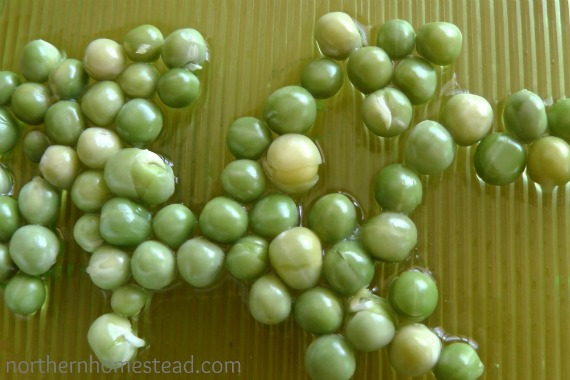
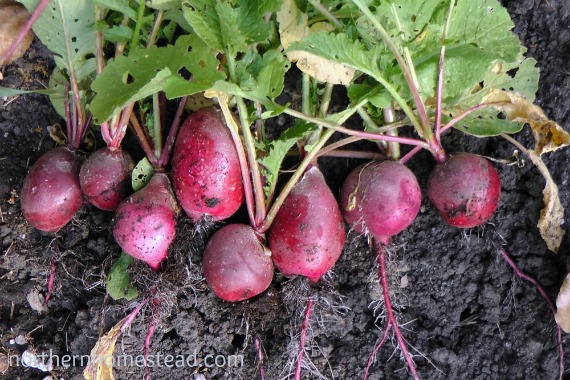



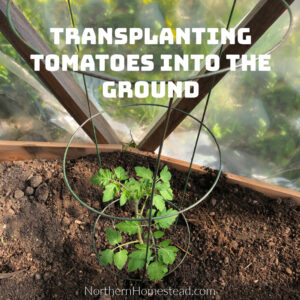
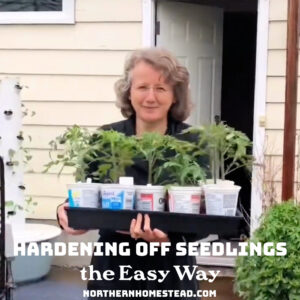
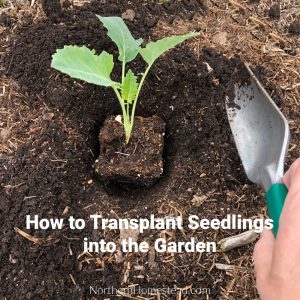
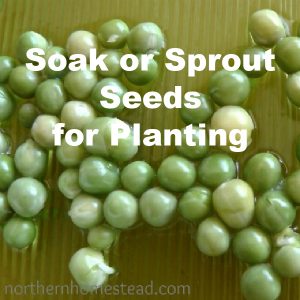
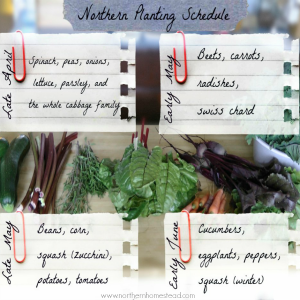
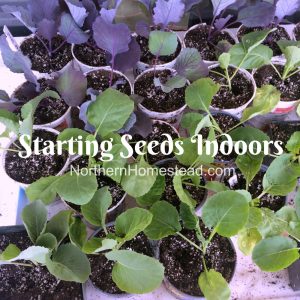
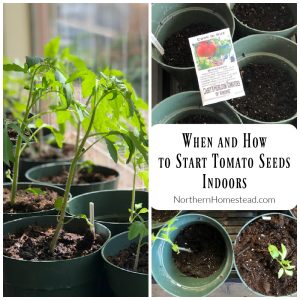
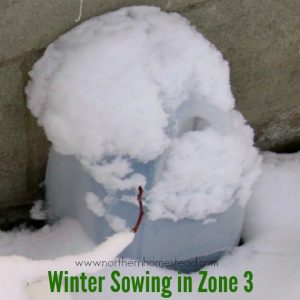
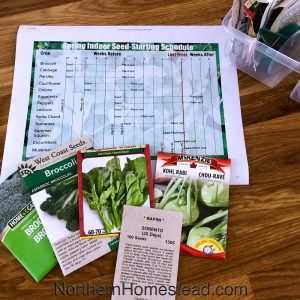
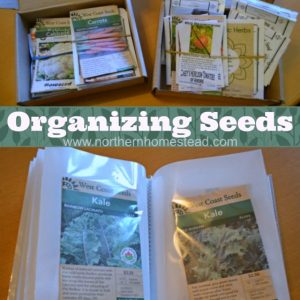

We are getting ready to plant our fall crops. Greens, roots and we since it’s not been a bad squash bug year we are seeing if we can get more summer squash and cukes this late in the season
How fun to plant summer squash and cukes in the fall, something we can’t do here. But I am thankful for what we can.
Great tips! One day maybe I’ll live in the north…but right now it’s 88 degrees in central Florida. A girl can dream, right? 🙂
Kristen from The Road to Domestication
You made me smile, thank you 🙂 Wondering, have you ever been up north? Seen how the sun touched the tops of the trees? Or how the snow builds mushroom tops on every stem? You got me going here ;).
I don’t have the stamina right now to start a late crop, but I am hoping my spinach I let go to seed will replant itself! 🙂 We will see.
I just pushed some new spinach, kale and chard seeds into soil in the hopes that I still have some time before the hard frosts hit to get some good harvests of greens…and I still want to put in some roots and a few peas. Not sure if my timing is right, but I’m always behind on my fall crops. Fingers crossed for late frosts 🙂
Hope so for you too. Often it depends how the fall is. Spinach will surely make it 😉
I am trying to do some fall planting for the first time. The seeds sprout but the slugs and bugs demolish the seedlings before they have a chance to get established. Any suggestions?
Covering with netting can help to eliminate anything that flies. Soon the weather will cool down and there will be fewer bugs.